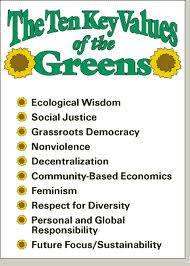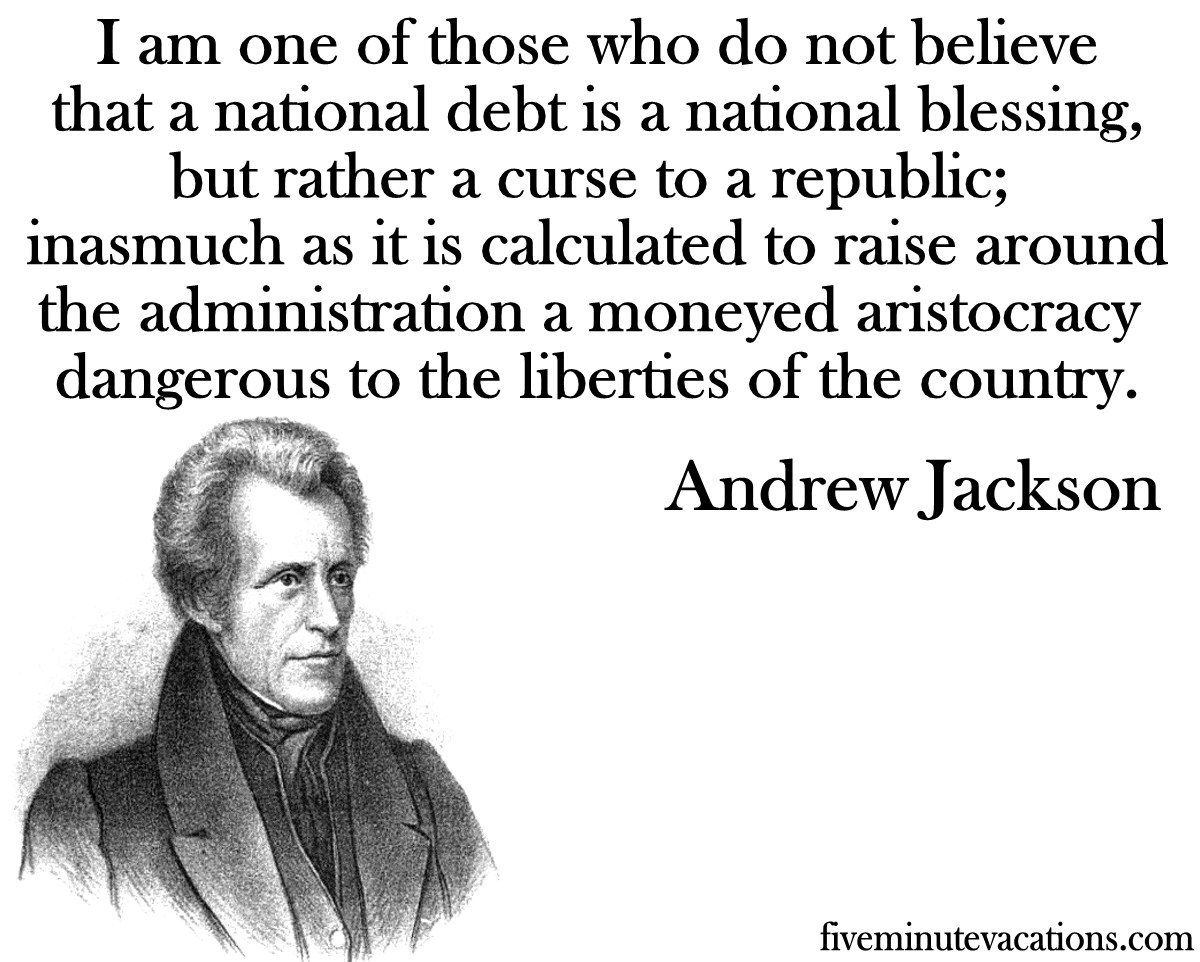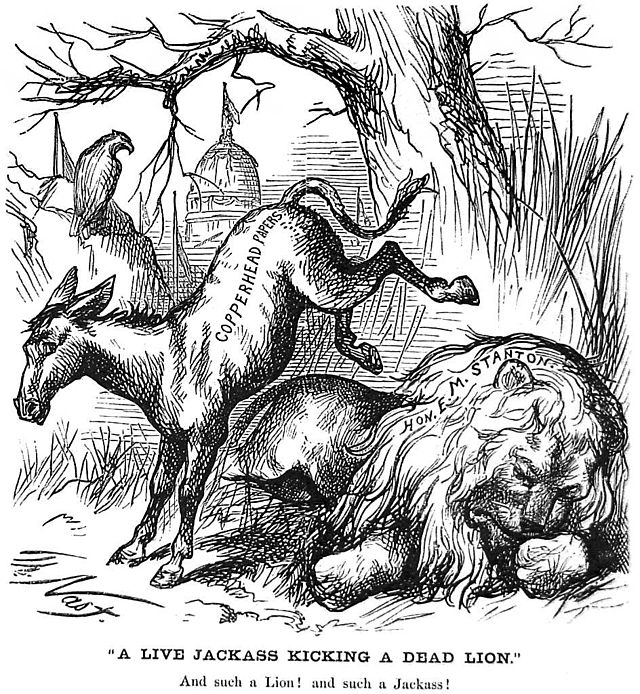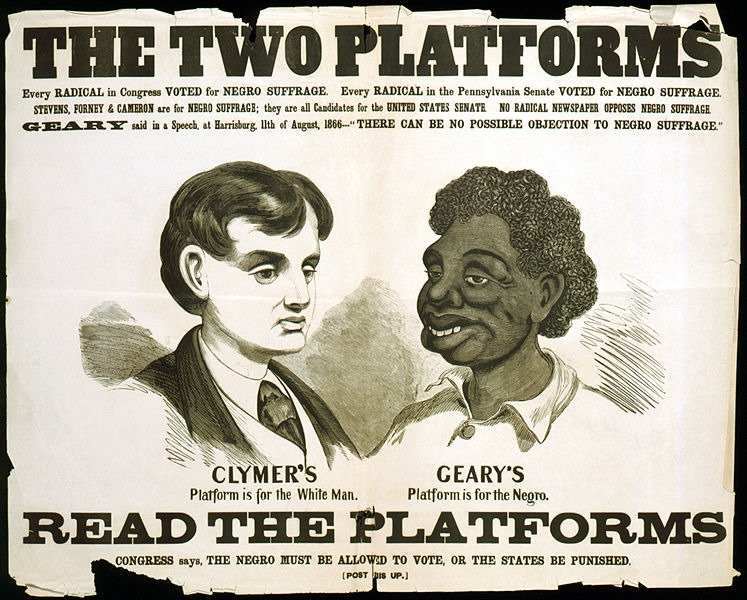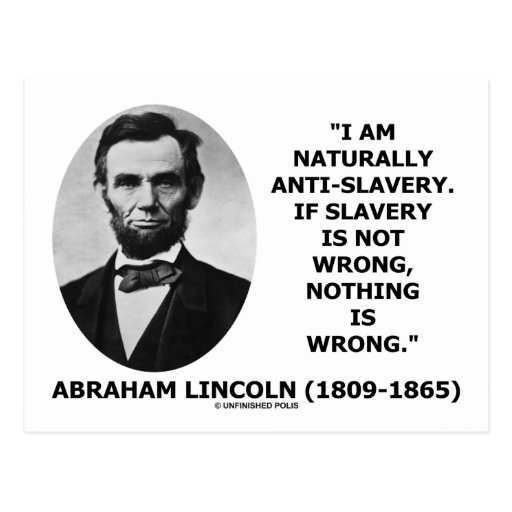Five Important Political Issues
1.) Recycling and its effect on the Environment: Recycling has many benefits for the economy, as well as it saves the environment, prevents landfills thus saving our ozone layer and saves non-replenishable materials such as water or trees. This should most definitely be a priority as it determines the well-being of all humans as well as future generations. The Green Party's stance on this subject is a part of the whole basis of its party.
2.) Obama Care: Repealing Obamacare would effectively take healthcare away from millions and roll back controversial measures such as covered preventative care, coverage despite pre-existing conditions, and allowing children to stay on their parents insurance until age 26. The Republican Party does not commend Obama Care and disagrees with it.
3.) Education: The fallout from an increase in student loan rates could be substantial for college students and their parents. Making college affordable is a White House top priority. The challenge is getting bipartisan Congressional support to keep student loan interest rates down. The Democrats took on banks to reform our student loan program, saving more than $60 billion
4.) Job Creation: Congress has failed at attempts to extend unemployment insurance benefits. There remains a record number, more than 1.7 million, of long-term jobless Americans. The Democrats believe that the most effective way to increase opportunity for our families is a high quality, good paying job.
5.) Minimum Wage: President Obama signed an executive order raising the federal minimum wage in an effort to build momentum for a minimum wage hike for all Americans. Increasing minimum wage could help millions of Americans support their families and lessen reliance on government assistance. One currently sponsored by the Democrats who would raise the minimum wage from $7.25 to $10.10.
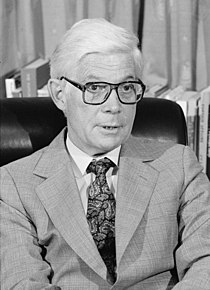
.png)
.png)
.png)




